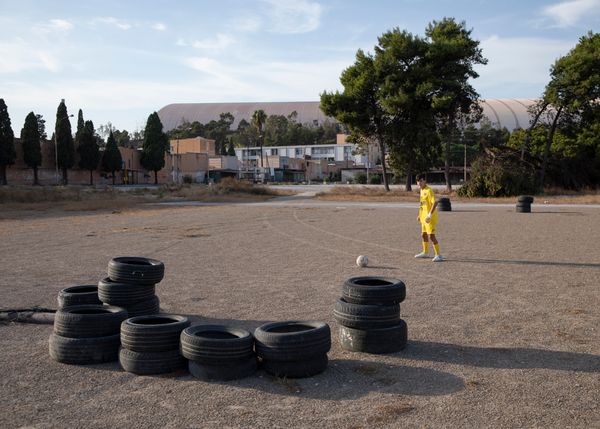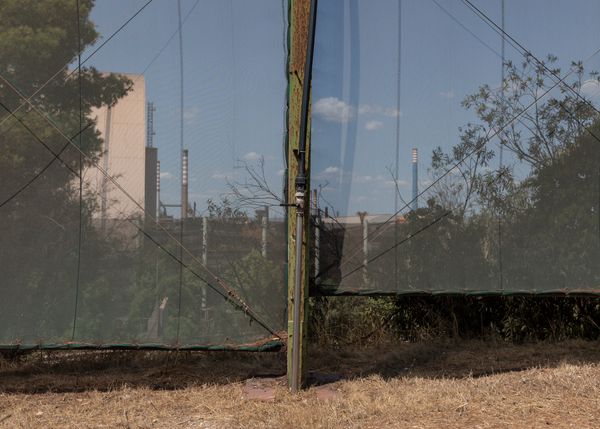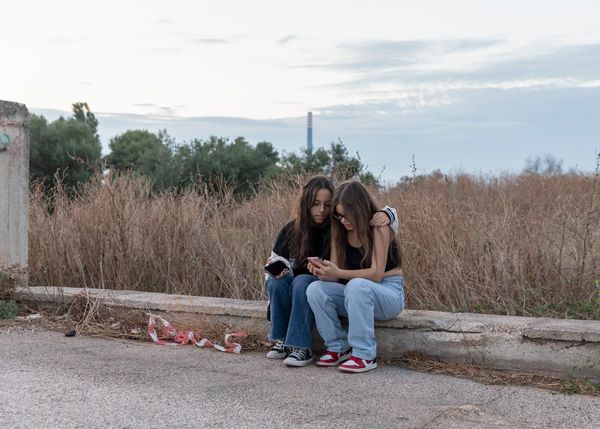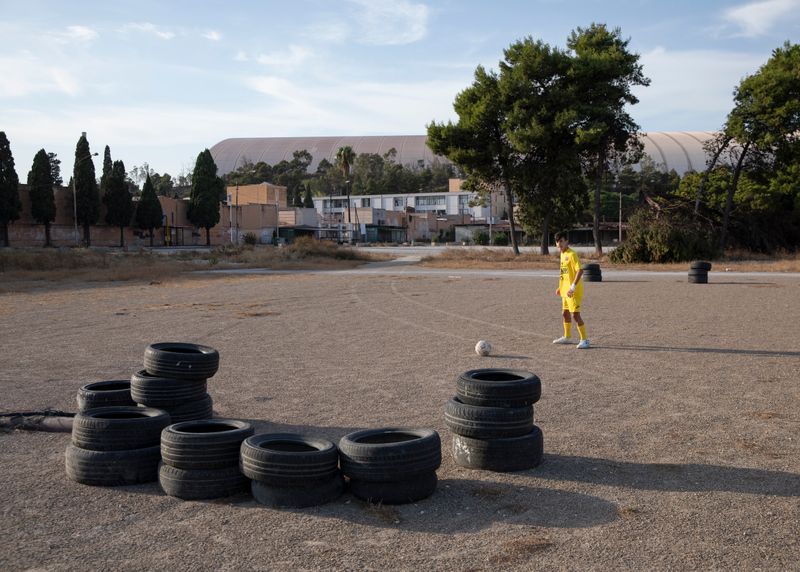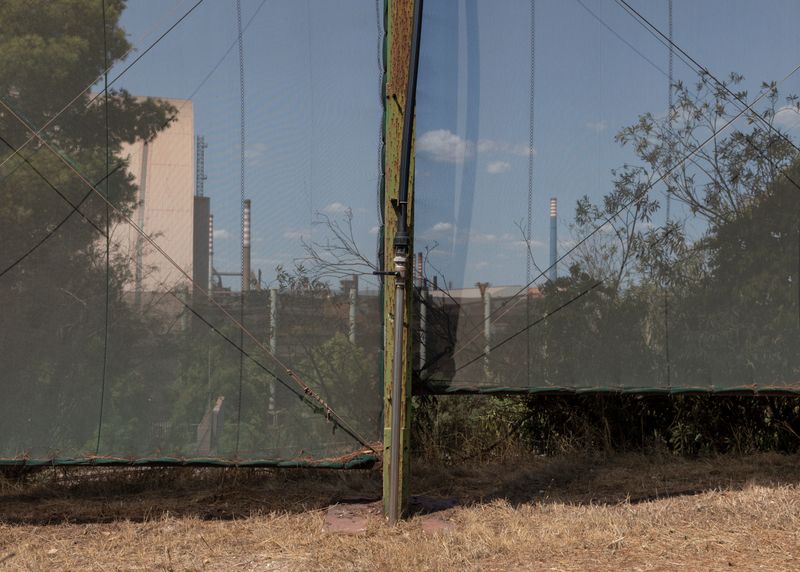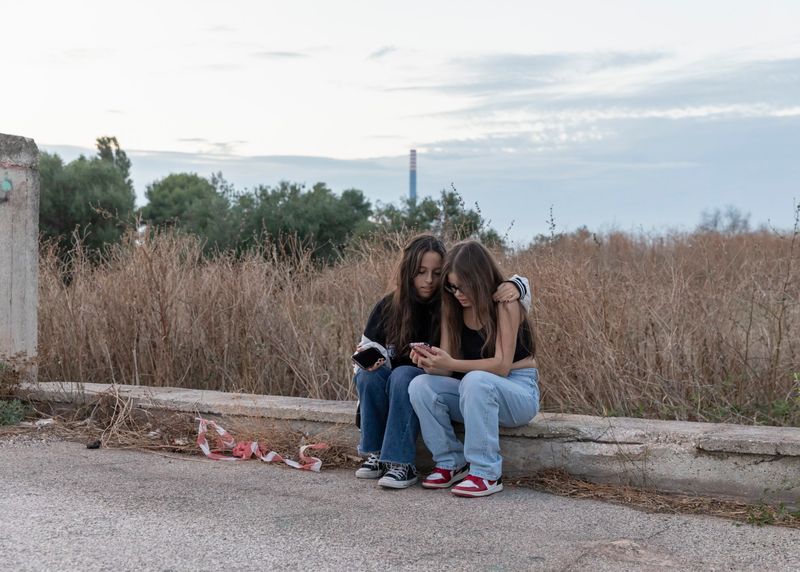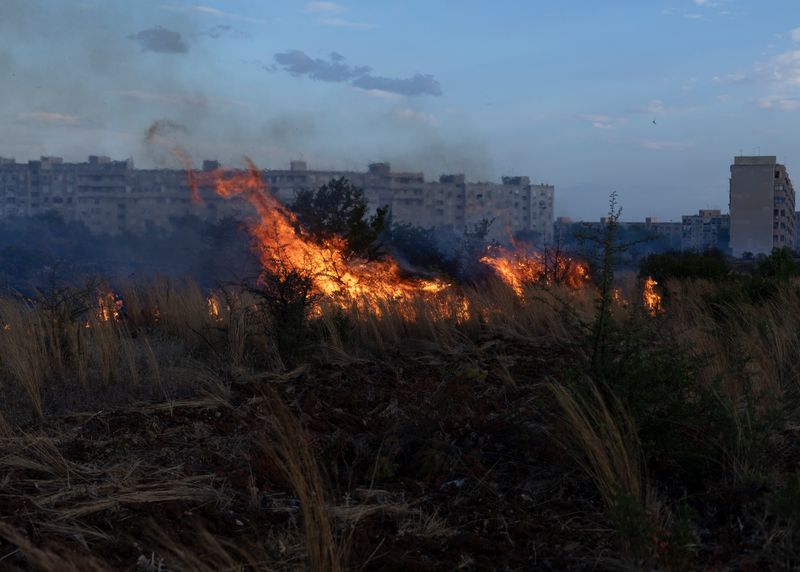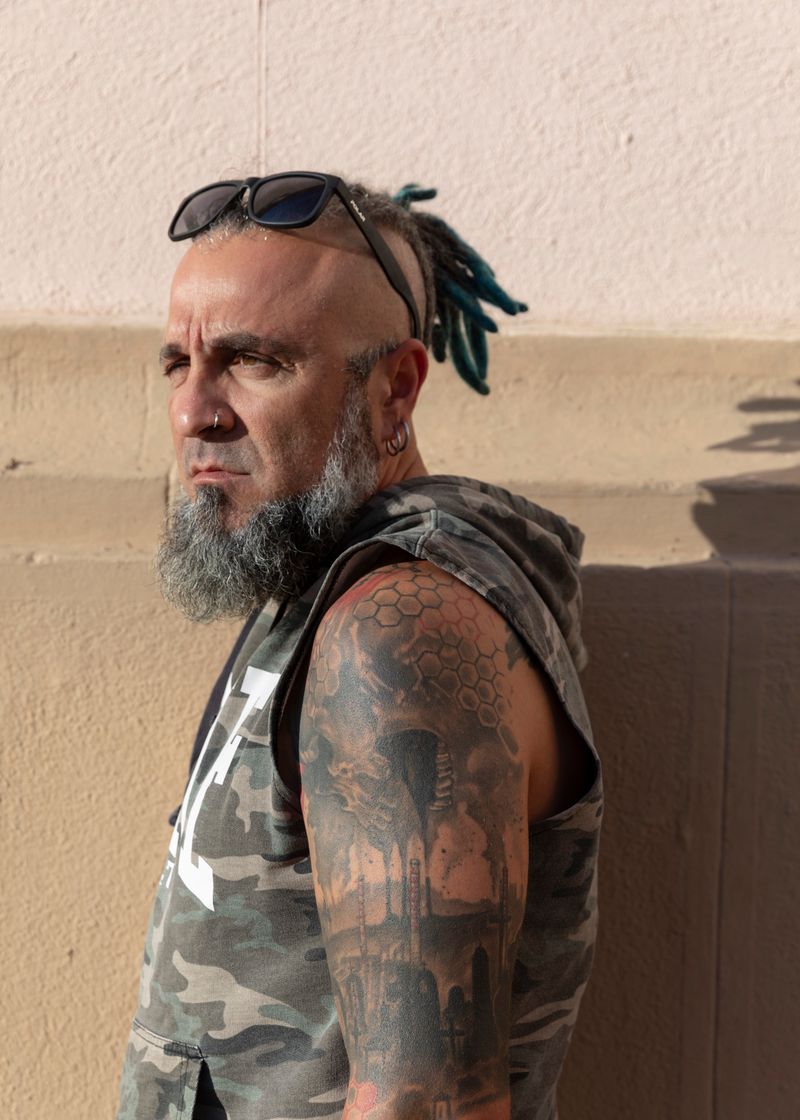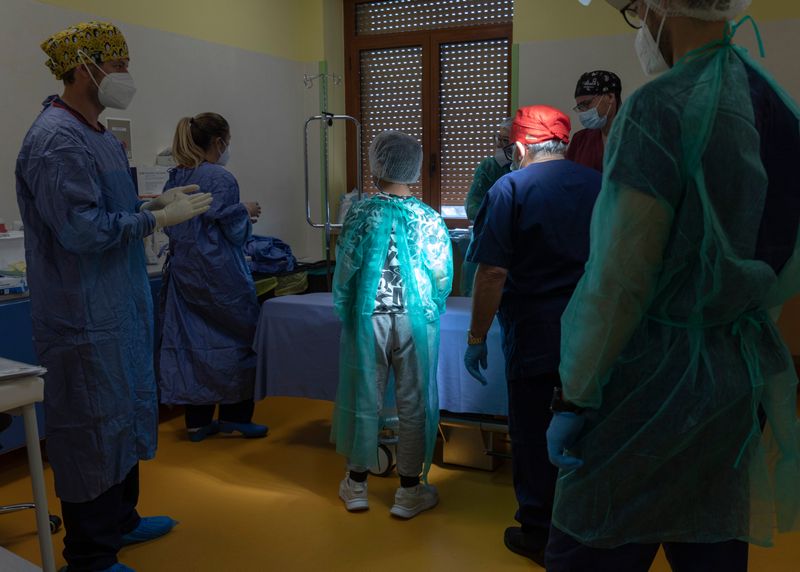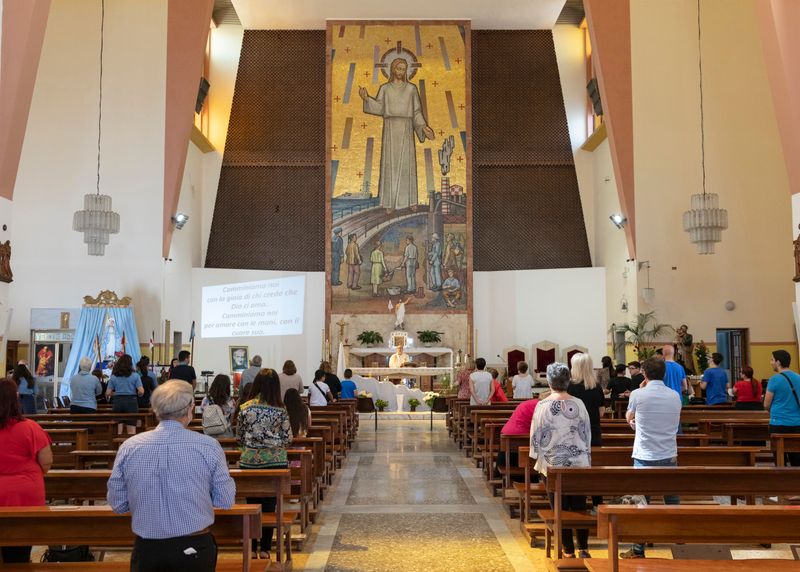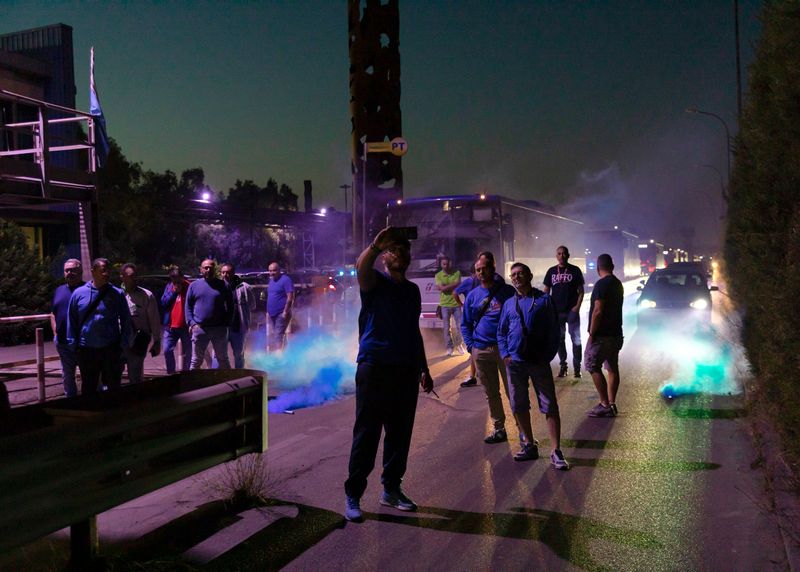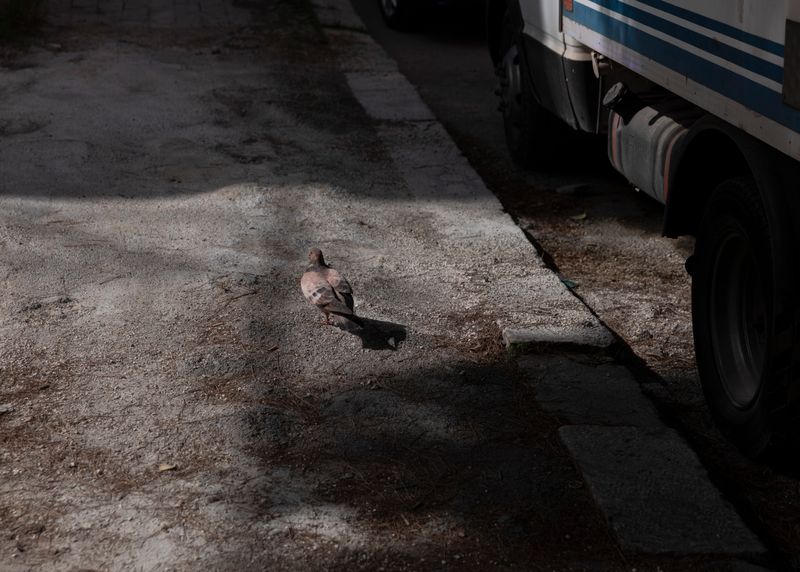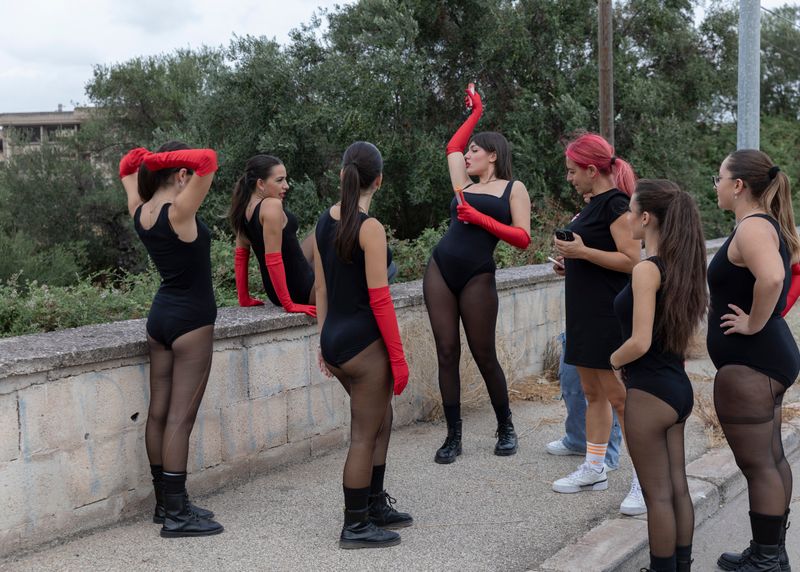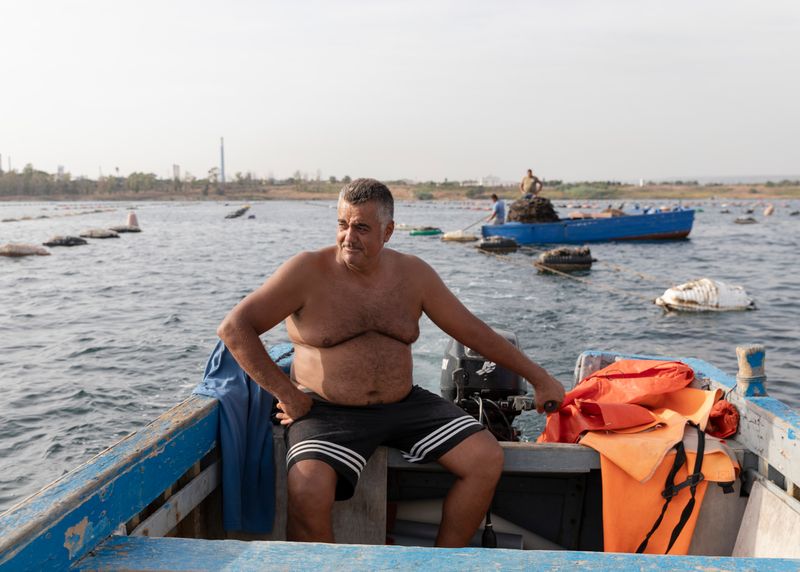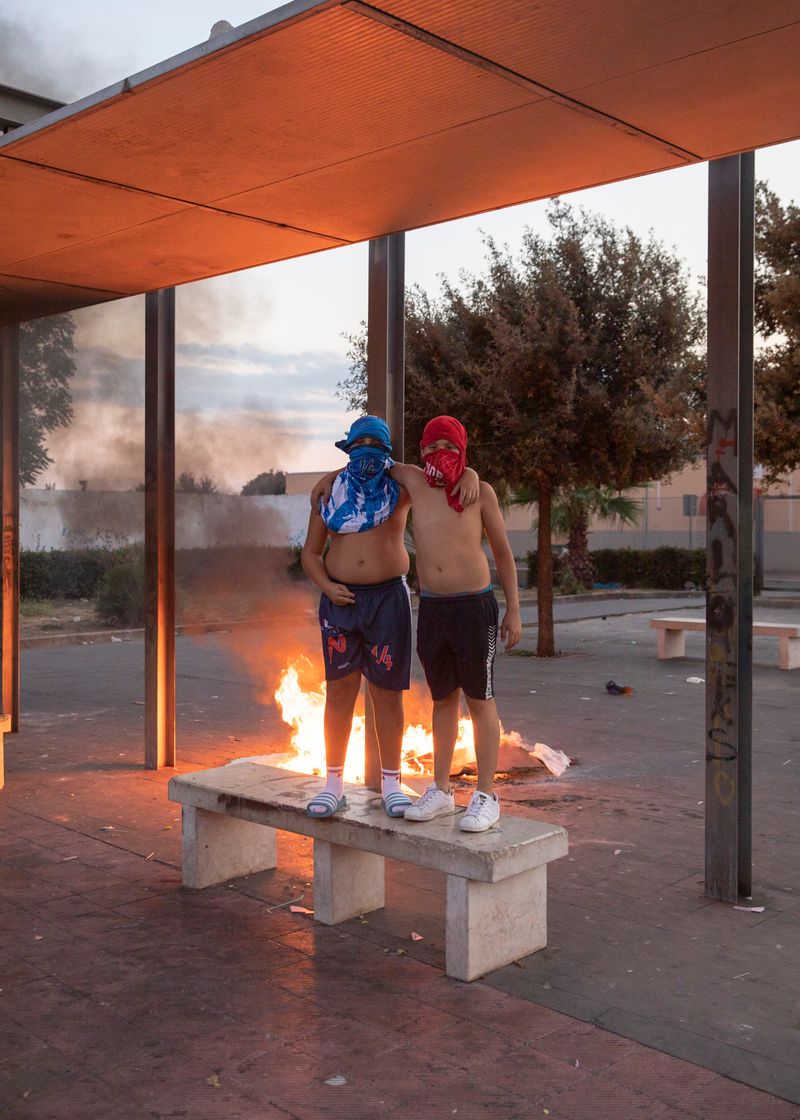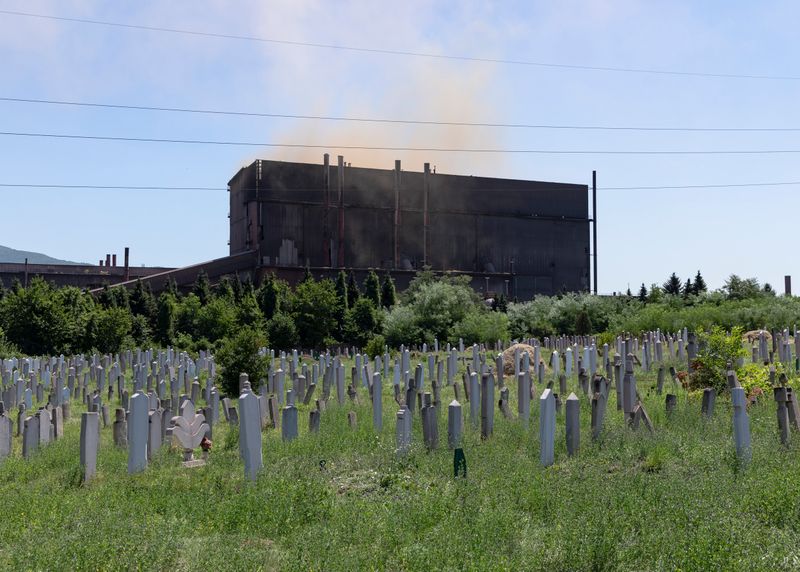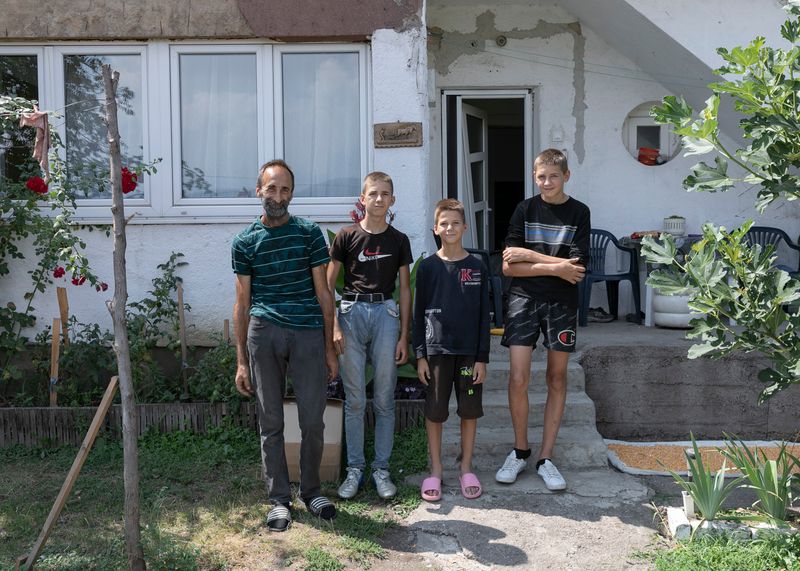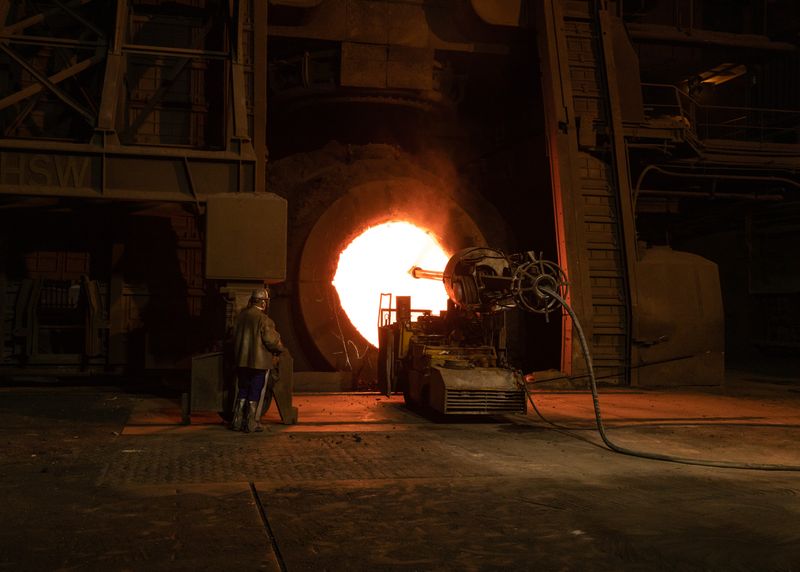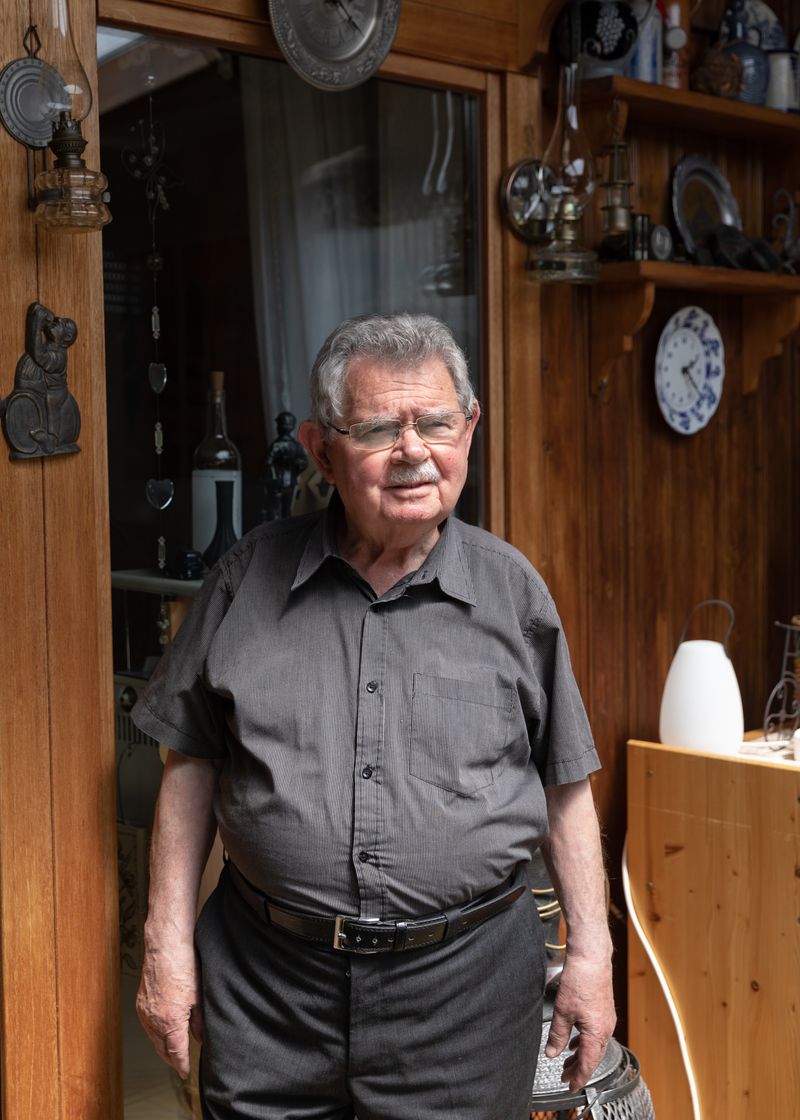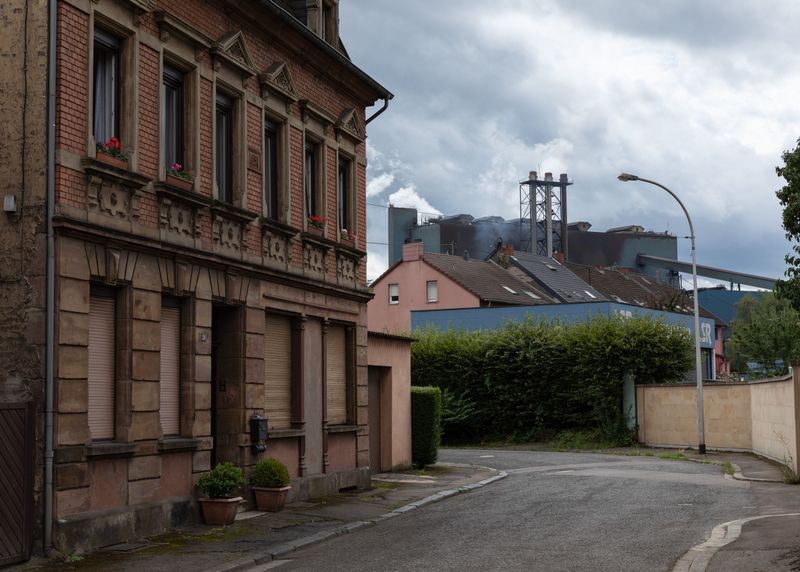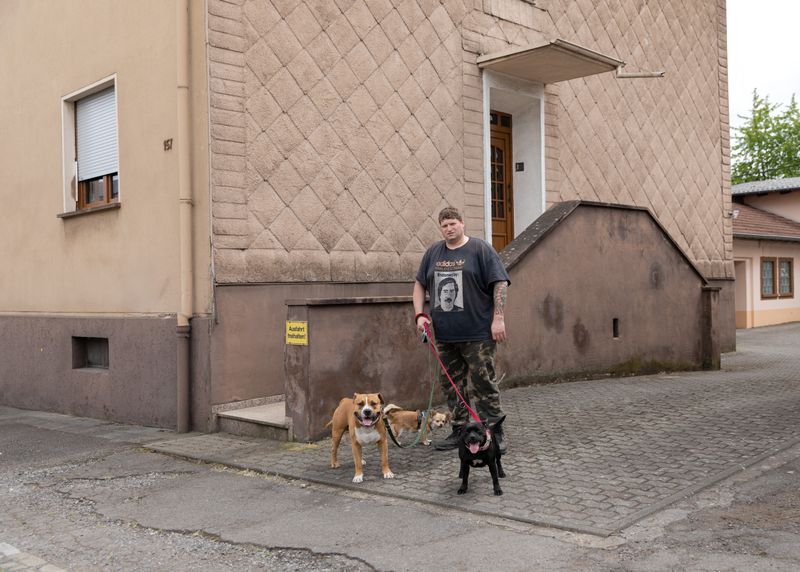In the Realm of the Red Pigeons
-
Dates2021 - Ongoing
-
Author
This work documents the lives of people in places where steel production has become seemingly omnipresent and influences everyday life on various levels.
“In the Realm of the Red Pigeons” documents the lives of people in places where steel production has assumed a seemingly unchanging omnipresence. Over decades and centuries, heavy industry has developed into a monoculture here and left profound traces in the social, ecological and economic structures.
Since 2021, I have been visiting current and former production sites of the world's second largest steel producer, ArcelorMittal, as part of my work. These trips have taken me to Germany, Luxembourg, France, Italy and Bosnia and Herzegovina.
In the face of a fading but still identity-forming industrial past, people today are looking for strategies and sustainable perspectives to redefine their lives and their communities. In everyday life, they have to contend with structural difficulties that are often dismissed as local grievances. A supra-regional view of the production sites suggests that the success of the Group is also based on the calculated exploitation of structurally weak regions. This is not least about the establishment of precarious living conditions and the stabilization of economically existential dependency relationships, which goes hand in hand with a constant burden on ecosystems and the population. Even in the face of the ongoing climate catastrophe, maximum profit orientation still seems to be the company's maxim.
In the sequel, I would like to visit more of the company's mines and steelworks in order to document precarious structures in steel production through an international contextualization.
